Epithelial stem cell repertoire in the gut: clues to the origin of cell lineages, proliferative units and cancer
- PMID: 10762441
- PMCID: PMC2517719
- DOI: 10.1046/j.1365-2613.2000.00146.x
Epithelial stem cell repertoire in the gut: clues to the origin of cell lineages, proliferative units and cancer
Abstract
Gastrointestinal stem cells are shown to be pluripotential and to give rise to all cell lineages in the epithelium. After damage, gut stem cells produce reparative cell lineages that produce a wide range of peptides with important actions on cell proliferation and migration, and promote regeneration and healing. Increase in stem cell number is considered to induce crypt fission, and lead to increases in the number of crypts, even in the adult; it is also the mode of spread of mutated clones in the colorectal mucosa. Stem cell repertoire is defined by both intrinsic programming of the stem cell itself, but signalling from the mesenchyme is also vitally important for defining both stem cell progeny and proliferation. Carcinogenesis in the colon occurs through sequential mutations, possibly occurring in a single cell. A case is made for this being the stem cell, but recent studies indicate that several stem cells may need to be so involved, since early lesions appear to be polyclonal in derivation.
Figures
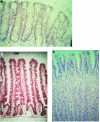









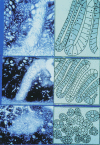
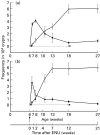



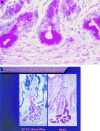
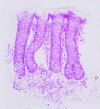
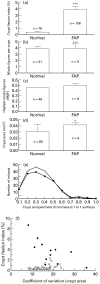

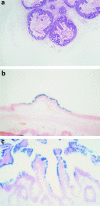


References
-
- Ahnen D, Gullick W, Wright NA. Expression of multiple growth factors by the ulcer-associated cell lineage. Gastroenterology. 1991;100:A512.
-
- Ahnen D. Abnormal DNA content as a biomarker of large bowel cancer risk and prognosis. J. Cell Biochem. 1992;16(Suppl.):143–150. - PubMed
-
- Ahnen D, Poulsom R, Stamp G, et al. The ulceration-associated cell lineage reiterates the differentiation programme of Brunners glands, but acquires the proliferative organisation of the gastric gland. J. Pathol. 1994;173:317–326. - PubMed
-
- Andrew A. Further evidence that enterochromaffin cells are not derived from the neural crest. J. Embryol. Exp. Morph. 1973;31:581–598. - PubMed
MeSH terms
LinkOut - more resources
Full Text Sources
Other Literature Sources
Medical

